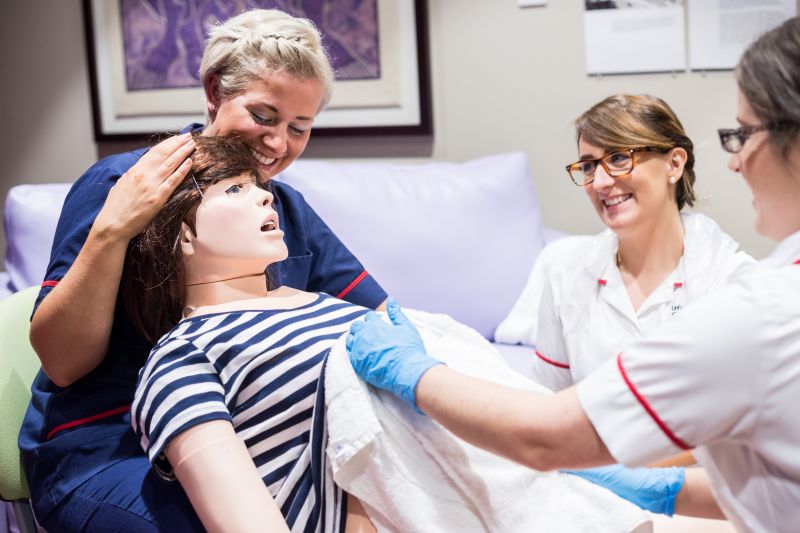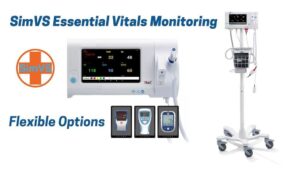About Healthcare Simulation – Resources, Jobs & More…
Healthcare Simulation is the modern way to educate and train healthcare professionals to master cognitive, technical, and behavioral skill sets through technologically advanced, crafted experiences. This experiential learning style enables professionals and learners to practice and test their profession while building confidence in their abilities before working in real-world scenarios. In addition, Medical Simulation mimics a clinical situation without the risk of potentially harmful clinical outcomes. Healthcare Simulation is also referred to as Medical Simulation, Clinical Simulation, or, in specific circumstances, Surgical Simulation and Nursing Simulation. Check out the homepage for the latest clinical simulation CE courses, webinars, books, research, conferences and jobs!
HealthySimulation.com is dedicated to providing the latest #MedSim news and resources from around the world. To follow along, sign up for our free healthcare simulation email newsletter, follow @HealthySim on Twitter and @HealthySim on Facebook, or join our HealthySim LinkedIn Group!
Healthcare Simulations, or Clinical Simulations, create a safe, controlled environment where healthcare workers can practice needed skills and gain confidence without the fear of harming a patient or delaying diagnosis and treatment to patients. In addition, simulations allow for mistakes and the learning that occurs with those mistakes without the fear of consequences. Medical Simulations can also create many scenarios with a broader variety of diagnoses for learners to experience, leading to increased preparedness of medical students and new doctors and success in a hospital or clinical environment.
Sponsored Content:
Clinical Simulation is the “trial run” healthcare professionals can take to better prepare for real-life patient care. To help paint the picture of how Simulation helps to improve healthcare, first consider a newly designed commercial airplane. Once fully developed and constructed, would testing the airplane model’s efficiency with passengers aboard the aircraft be a good idea? Probably not. Instead, the airline would run trials simulating real flight experiences to ensure that transportation aboard the plane would be safe. Similarly, Clinical Simulation is the “trial run” healthcare professionals can take before transitioning to real-life patient care. Reference: Healthcare Simulation: A Key to the Future of Medical Education – A Review – PMC (nih.gov)
Another benefit is that each learning experience can be customized to address the learner’s needs. Thus, Healthcare Simulation can accommodate a wide range of learners, from beginner-level learners looking to build “muscle memory” to expert professionals needing to master a new technology or piece of equipment used for a complex procedure. This technology can significantly impact the entire healthcare field regardless of specialty, from Surgeons to Emergency Medical Services personnel. Not only does Healthcare Simulation help to ensure that professionals and facilities are offering the highest quality services, but it also ultimately increases the likelihood of following best practices.
Medical Simulation Methodology
Medical Simulations began with cadavers, anatomical models, and roleplay or standardized patients (actors employed in the role of a patient). These early simulation methods expanded rapidly into what we have available today. The modern process begins in a fully immersive scenario where a manikin typically acts as the patient. Usually, moulage medical makeup (such as a burn wound) is applied to the medical simulator to provide the most realistic patient presentation. Then, while being wirelessly controlled by a Healthcare Simulation Educator during the experiential scenario, the learner (student or professional) performs all necessary practices or procedures on the patient simulator. Laerdal, CAE Healthcare, and Gaumard are the primary manufacturers of these high-fidelity simulators. There are also mid-fidelity simulators available from groups like Echo Healthcare or Nasco Healthcare.
Sponsored Content:
Then, as the scenario participants manipulate the human patient simulator and their healthcare environment, the actions and results are digitally streamed live to other learners through audiovisual debriefing systems like those from CAE Healthcare, EMS SimulationIQ, B-Line Medical (now owned by Laerdal Medical), KBPort, or SIMStation. The purpose of this video stream is also so that a recording is available for playback during the clinical simulation debriefing process. Simulation debriefing is vital to the overall learning process. Analytical conversation helps address errors and highlight successes equally, like a coach debriefing the replay footage with their team after the game to provide better, experiential reminders of specific player actions and areas for improvement.
Recent shifts to minimize training time and increase patient safety create the challenge of providing quality education to nurses, medical students, and residents in less time. Patients, family members, and other clinicians expect new medical staff to be effective and proficient, regardless of the clinician’s bedside experience. In addition, patient safety requires medical professionals to be competent and confident before entering a patient care environment. Mixed Reality (XR / MR) technologies such as Virtual Reality (VR) or Augmented Reality (AR) are being adopted in massive ways in clinical simulation, due in part for the demand for remote and distance-based learning technologies caused by the COVID19 pandemic. Companies in VR include SimX, VRpatients, PCS, FundamentalVR, and more, with companies like GigXR, CAE Healthcare, and Medcognition representing AR tools.
Click Here to Connect to Leading Healthcare Simulation Vendors
At the same time, some have called for limited hands-on learning at the bedside, reducing the time the clinician has to develop and master the skills needed to treat patients safely in a real-world setting. Clinical Simulations mimic a clinical situation without the added risk of potentially harmful clinical outcomes; they offer adequate opportunities for skills mastery in a risk-free environment.
Increasing Awareness and Usage of Clinical Simulation
Building awareness in low-to-middle income countries has been slow due to misconceptions regarding the cost and complexity of Medical Simulation. In addition, limitations to an administrative understanding of the benefits of clinical Simulation, limited access to budgets for staff, faculty, space, equipment, or professional development, or an unwillingness to change may also contribute to this hesitancy.
Standardized patients (SPs, actors paid to play the part of a patient) and part-task trainers (anatomical representations of one part of the body, such as a CPR “dummy” or a model arm to practice vascular access) can offset the cost of more expensive equipment. SPs and part-task trainers are readily available and relatively inexpensive. Additionally, novice and experienced clinicians can utilize them for initial learning, continuing education, and recertification.
Team building efforts can also benefit from Clinical Simulations by providing a safe environment to practice high-stress medical scenarios. Clinicians can learn to be effective team members under stress and practice the necessary clinical skills before moving to a real-world patient bedside environment. In addition, simulations allow team members to review the successes and mistakes in the practiced scenarios and increase response time due to situational familiarity. These simulated scenarios in a safe environment where patient safety is not an issue can improve communication in the team, not just improvement in motor skills.
Medical Simulation Jobs
While realistic healthcare simulations drastically improve professional readiness, the technology requires that Healthcare Simulation Technology Specialists be on hand to ensure the Simulation’s hardware and software perform correctly. Thus, not only is Simulation adding to the experience and skill of healthcare professionals, but this learning method is also creating different healthcare careers; exciting new jobs are available in the Healthcare, Medical, and Nursing simulation fields.
An Executive Director (the director or administrative director) is responsible for the policies and procedures in the simulation center. They ensure the best practices and procedures are in place and that learners meet the learning objectives and criteria for accreditations, certifications, and credentialing. They also are responsible for documenting and distributing them.
Educators provide instruction to learners during the simulations. They may also be responsible for running the Simulation and facilitating the debriefings after the event; if the educator is not responsible for the debriefings, the facility may employ a separate Debriefing Facilitator to support the simulated event.
An Operations Director organizes activities, implements administrative and operational decisions, performs direct facilities management functions, organizes activities, and implements administrative and operational decisions. They are the liaison between the center’s executive leadership and the operations staff.
Other roles are also instrumental in running a high-quality simulation; among these are technologists and technicians. Simulation Technologists program, set up, and operate the simulation equipment. In addition, Simulation Technicians set up, manage, and take down the adjunct equipment, such as beds, gurneys, surgical equipment, lighting, etc.
Simulation in Healthcare Resources
This representation of healthcare situations has become a primary research tool and a means by which increased patient safety can be integrated and facilitated in practices. Finally, since there are still very few educational pathways for Simulation careers, Healthcare Simulation Conferences like IMSH and INACSL are the best places to connect with and learn from peers. Visit the homepage for the latest simulation CE courses, webinars, books, research, conferences, and jobs!

How to Make Healthcare Simulation an Emotional Experience

UPMC’s WISER Sim Program Develops Healthcare Simulation Professionals
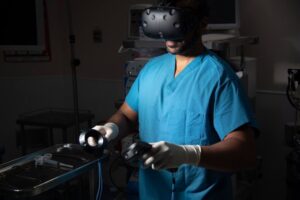
HTC Vive Designs Virtual Training Solutions for Healthcare

Healthcare Simulation Research Update October 2023

How to Design Healthcare Simulations to Enhance Teamwork in Clinical Practice

How to Weave a Growth Mindset into a Clinical Simulation Program

How to Use Table-top Simulation Games as Part of Simulation-based Education

EMS Competency Solution to Meet Nursing Education Competencies Needs

How to Get the Most Out of Your First Healthcare Simulation Conference
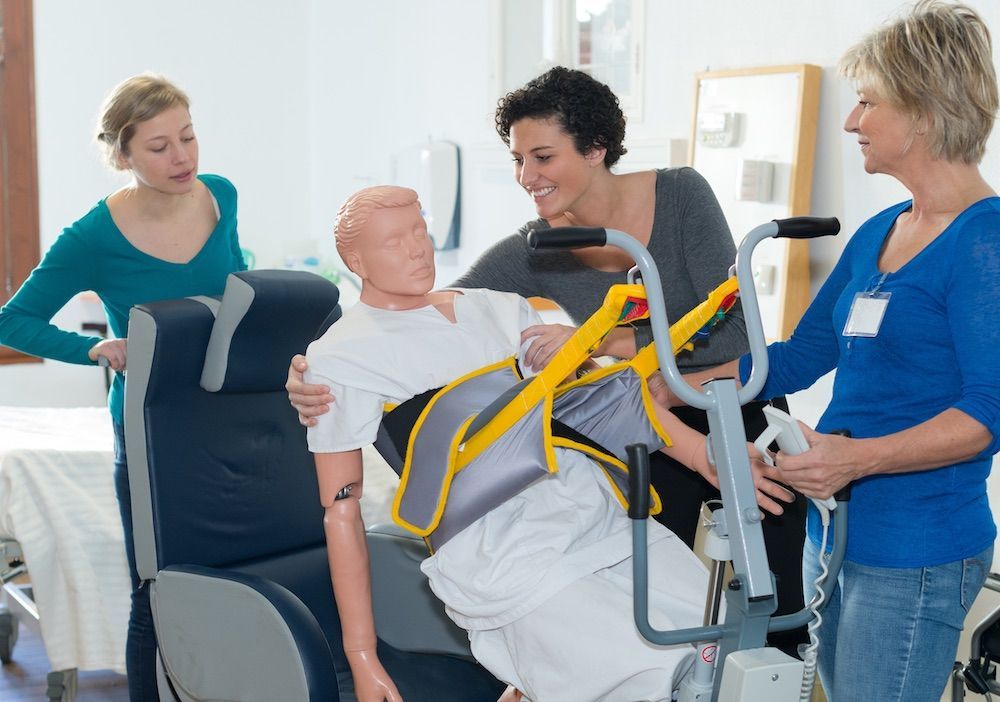
How to Maximize Low-Fidelity Manikins Use in Healthcare Simulation
Sponsored Content:
